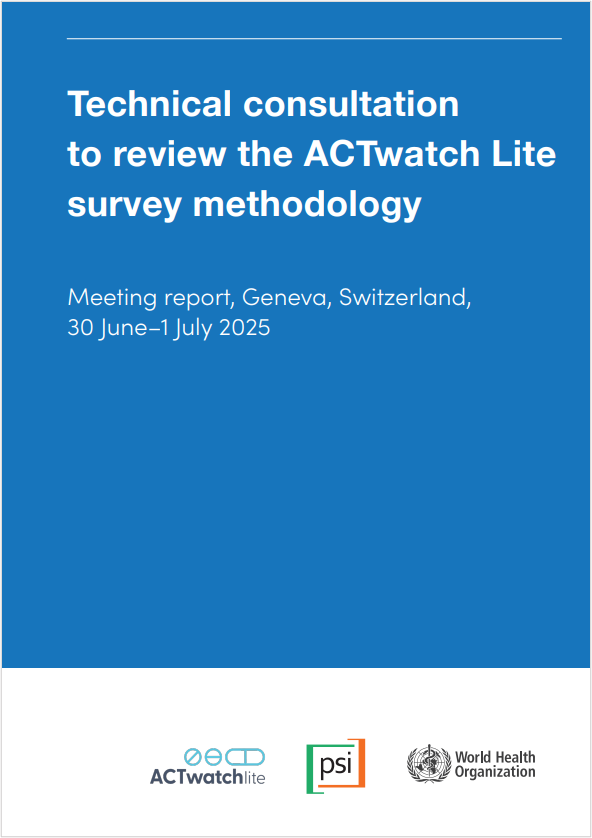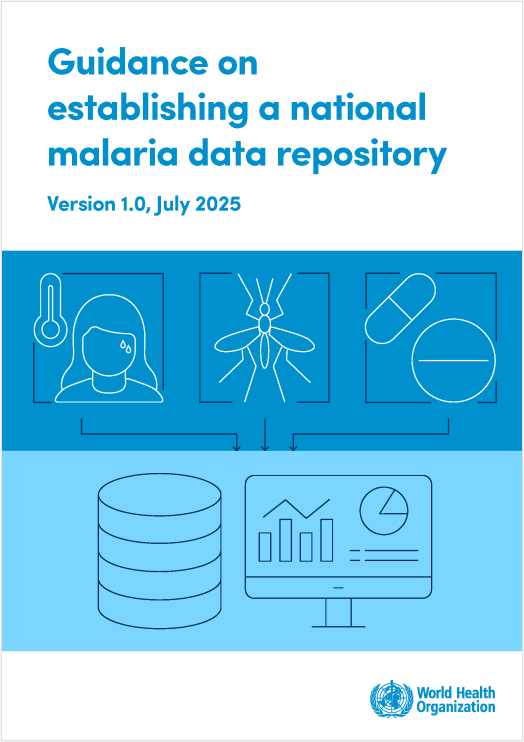Last Updated: 17/10/2014
Defining mosquito-to-man transmission of P. falciparum and P. vivax: Evaluation of epidemiological, molecular and serological markers in longitudinal cohorts in Brazil, Thailand, Solomon Islands and Papua New Guinea (based on TransEPI Consortium)
Objectives
- To investigate the performance of classical epidemiological, molecular and serological measures as markers of recent exposure (as measured by molFOI) in 5 cohorts conducted at moderate, low and very low transmission intensity.
- To determine the molecular force of P. falciparum (Pf) and P. vivax (Pv) blood-stage infections (molFOI) and their relationship with age, transmission season, spatial variation, intervention coverage, incidence of clinical episodes and prevalence, incidence density and multiplicity/genetic complexity of infection.
- To measure antibody levels to a panel of Pf and Pv blood-stage antigens and relate antibody prevalence and titre to epidemiological and molecular measures of transmission.
- To investigate the performance of epidemiological, molecular and serological markers of mosquito-to-man transmission for identification of hot-spots of recent transmission in areas with moderate, low and very low transmission intensity.
Walter and Eliza Hall Institute of Medical Research (WEHI), Australia
Mahidol University, Thailand
Papua New Guinea Institute of Medical Research (PNG IMR), Papua New Guinea
Swiss Tropical and Public Health Institute (Swiss TPH), Switzerland
Doctor Heitor Vieira Dourado Foundation for Tropical Medicine (FMT-HVD), Brazil
Barcelona Institute for Global Health (ISGlobal), Spain
Summary of findings:
As malaria transmission is steadily reduced by intensified control interventions, transmission becomes increasingly heterogeneous with pockets of residual transmission surrounded by area of little or no transmission. In this scenario, it is essential for malaria control programs to be able to both accurately quantify the levels and geographical extent of residual transmission. Traditionally programs have used incidence of clinical illness as the key indicator of malaria burden. However, at low transmission, clinical cases become scarce, resulting in a limited ability of this indicator to describe transmission patterns in time and space. Parasite prevalence in cross-sectional indicator surveys is increasingly used by programs. However, cross-sectional parasite prevalence surveys are only able to capture the situation at a single moment in time making them relatively unreliable in areas of strongly seasonal transmission. Alternative measure to define the level and geographical extent of mosquito-to-man transmission of P. falciparum and P. vivax transmission are thus urgently needed.
The gold-standard measure of mosquito-to-man transmission is the molecular force of blood-stage infection (molFOB), i.e. incidence of genetically distinct blood stage infection over time. However, as this measure can only be determined be genotyping consecutive infections in longitudinal cohort studies it is not applicable to programmatic setting. Serological measures, which can integrate exposure over time, may offer a programmatically suitable alternative for identifying and delineating residual pockets of transmission.
Using 4 longitudinal cohort studies in Brazil, Thailand, Solomon Island and Papua New Guinea, that span from very low (Brazil, Thailand) to moderate (Solomon) and high transmission (PNG), we investigated the performance of different malaria transmission metrics. In all cohorts, we identified infections by quantitative PCR and found P. vivax to be common in all 4 surveys with prevalence ranging from 4% in Brazil and Thailand and 12% in Solomons to >30% in PNG. P. falciparum, on the other hand, was very scare in Brazil, Thailand and Solomon (where only 18 – 27 of 1000 cohort participants experiences any P. falciparum infections during 1 year of follow-up) and moderately common in PNG. The scarcity of P. falciparum infection made it impossible to compare different metrics for P. falciparum.
For P. vivax parasite prevalence was strongly correlated with molFOB in Brazil, Thailand and Solomon Island. At low transmission levels, population means prevalence is thus a good surrogate measure for P. vivax transmission intensity. This was due to the fact that individual P. vivax blood-stage infections tended to be rather short-lasting (on average 4-6 weeks) with most individual clones thus found only once or in only two consecutive monthly blood samples. At low transmission, prevalence rates also capture spatial heterogeneities quite well but as expected prevalence somewhat less well suited to mapping seasonal variations. In the Solomon Is, for example, prevalence varied relatively little during follow-up but molFOB show a clear increase during the dry season. Clinical incidence of P. vivax episodes was more strongly linked to molFOB in Thailand than Brazil, where cases were more sporadic. A poor correlation was observed in Solomon Islands children, where levels of immune acquisition of high and thus clinical cases comparatively rare. Interestingly in both Thailand and Brazil, the clinical cases did not identify all areas with ongoing transmission and large asymptomatic clusters of infections were missed.
In order to evaluate the ability to use serological markers for mapping transmission, we measured antibodies to a panel of 17, 30 and 38 P. vivax antigens in the Thai, Brazilian and PNG cohorts respectively. Antibodies titres to 12 (71%). 30 (100%) and 30 (79%) antigens were significantly higher in children with concurrent infections and 12 (71%), 18 (60%) and 30 (53%) increased with increasing number of infections during the previous 12 months. Combining cumulative antibody titres, age and concurrent infection status, we are able to accurately predict the spatial heterogeneity in molFOB in all 3 cohorts. Together these strong associations indicate that serological marker may be very useful tools to both predict recent exposure at individual level and to delineate areas of high and low transmission at population level. Based on these encouraging results we have now started a formal development program to develop a validated set of P. vivax serological marker antigens.
Identification of highly-protective combinations of Plasmodium vivax recombinant proteins for vaccine developmentIgG antibodies to synthetic GPI are biomarkers of immune-status to both Plasmodium falciparum and Plasmodium vivax malaria in young childrenAsymptomatic Plasmodium vivax infections induce robust IgG responses to multiple blood-stage proteins in a low-transmission region of western Thailand
Jan 2013 — Apr 2016
$193,150


